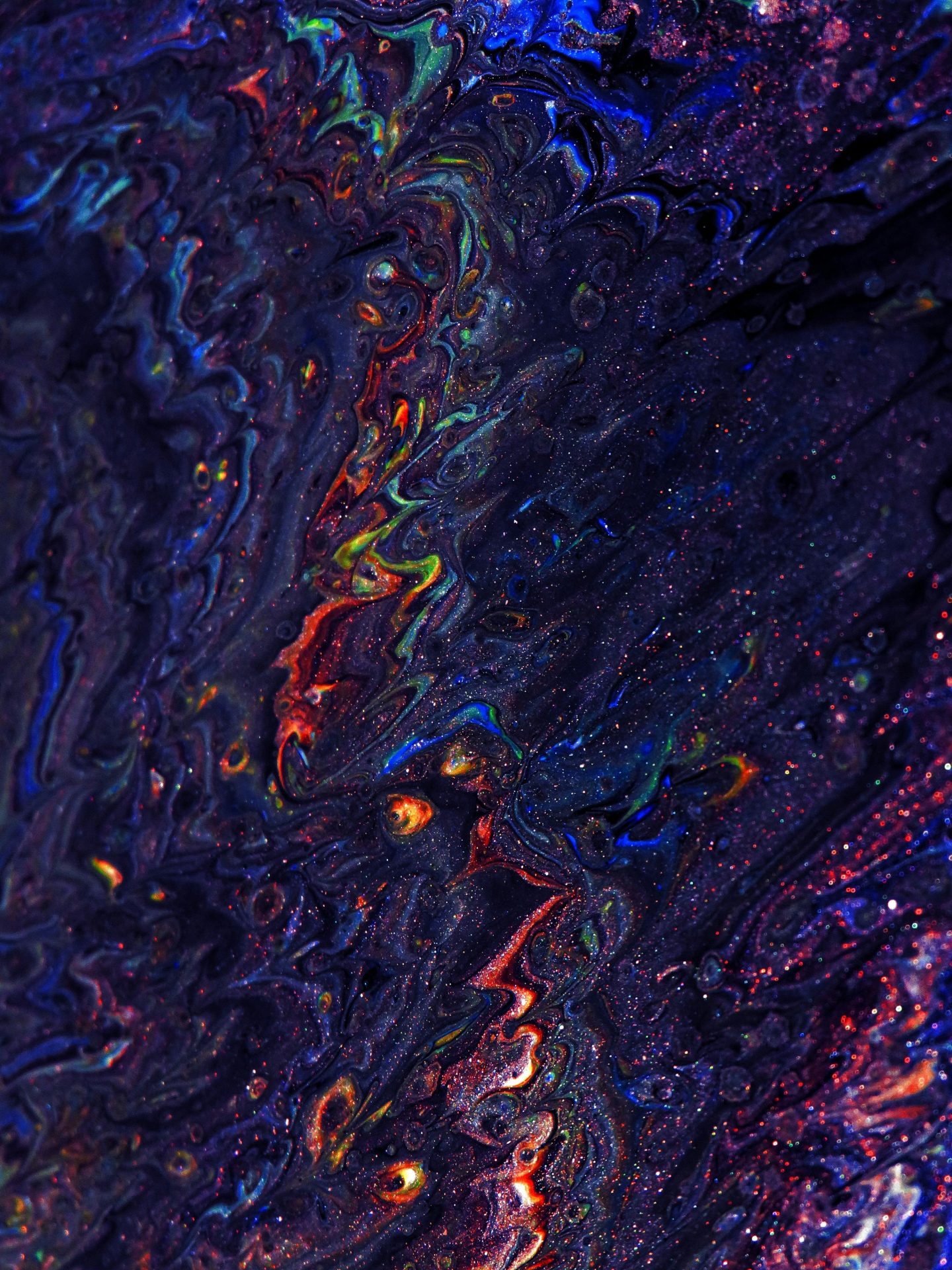The Role of the Pineal Gland

Hey there, amazing readers! 🖐️ Just a quick note: yes, we know there are a lot of ads here. Trust us, we get it—it’s not the prettiest look, but they help us keep this blog alive and kicking. Those pesky little ads cover the costs of all the behind-the-scenes magic, from hosting and tech stuff to creating content we hope you’ll love.
We’re committed to delivering quality posts, and your support (even just sticking around despite the ads) means everything to us. So, bear with us, and thanks for helping us keep the good vibes rolling. Now, on to the fun stuff! 😉
TRANSLATE BUTTON AT THE END OF THE ARTICLE
Introduction to the Pineal Gland
The pineal gland, often referred to as the "third eye," is a small, pea-shaped gland located deep within the brain.
Despite its tiny size, this gland plays a significant role in various physiological functions in the body.
The pineal gland has captured the fascination of scientists and spiritualists alike due to its unique location and mysterious functions.
Location and Structure
Situated in the epithalamus, a region near the center of the brain, the pineal gland receives signals from the eyes regarding light and darkness, which in turn influences its functions.
Structurally, the pineal gland contains photoreceptor cells that are sensitive to light, enabling it to regulate various bodily processes based on environmental cues.
This gland is connected to the visual pathway, allowing it to respond to changes in light exposure.
Function of the Pineal Gland
The primary function of the pineal gland is the production of melatonin, a hormone that regulates sleep-wake cycles and influences various biological rhythms in the body.
Melatonin secretion is controlled by the circadian rhythm, with production peaking at night and decreasing during the day.
In addition to melatonin production, the pineal gland is involved in the regulation of reproductive hormones and has been linked to the aging process.
Melatonin Production
Melatonin, often referred to as the "hormone of darkness," is synthesized and released by the pineal gland in response to darkness and suppressed by light.
This hormone helps regulate the body’s internal clock, signaling when it is time to sleep and wake up.
Melatonin levels rise in the evening to promote relaxation and sleep, and decline in the morning to promote wakefulness.
Disruptions in melatonin production can lead to sleep disorders and other health issues.
Regulation of Sleep Patterns
The pineal gland plays a crucial role in regulating sleep patterns by controlling the production of melatonin.
As daylight decreases and darkness sets in, the pineal gland increases melatonin production, signaling the body to prepare for sleep.
This hormone helps individuals fall asleep faster and maintain a healthy sleep-wake cycle.
Disruption of melatonin production can result in insomnia, fatigue, and other sleep disturbances.
Influence on Circadian Rhythms
Circadian rhythms are 24-hour cycles that regulate various physiological processes, including sleep-wake patterns, hormone production, and body temperature.
The pineal gland helps synchronize these rhythms by responding to light and dark signals received from the eyes.
By producing melatonin in response to darkness, the pineal gland helps maintain the body’s internal clock and ensure that essential functions occur at the appropriate times.
Connection to Seasonal Changes
The pineal gland also plays a role in responding to seasonal changes by influencing melatonin production based on the length of daylight.
In regions with distinct seasons, the pineal gland adjusts melatonin secretion to align with changes in daylight duration.
This adaptation helps the body cope with environmental changes and may play a role in seasonal affective disorder (SAD), a type of depression related to changes in seasons.
Interaction with Light
Light exposure is a crucial factor in regulating the pineal gland’s functions.
The gland’s sensitivity to light influences melatonin production, with bright light inhibiting melatonin secretion and darkness stimulating it.
Artificial light sources, such as electronic devices and indoor lighting, can disrupt the pineal gland’s ability to produce melatonin effectively, leading to sleep disturbances and other health issues.
Pineal Gland Disorders
Disorders of the pineal gland can impact various physiological functions in the body, including sleep, mood, and hormone regulation.
Pineal gland tumors, though rare, can cause hormonal imbalances and neurological symptoms.
Additionally, calcification of the pineal gland, a process that occurs with age, may affect melatonin production and circadian rhythms.
Proper diagnosis and treatment are essential for managing pineal gland disorders effectively.
Impact on Mental Health
The pineal gland’s role in regulating melatonin production and circadian rhythms can have a significant impact on mental health.
Disruptions in sleep patterns due to pineal gland dysfunction or environmental factors can contribute to mood disorders, anxiety, and depression.
Maintaining a healthy sleep-wake cycle through proper melatonin regulation is essential for overall mental well-being.
Role in Aging Process
As individuals age, the pineal gland undergoes changes that can influence hormone production and circadian rhythms.
Calcification of the pineal gland, a common occurrence in older adults, may impair melatonin synthesis and impact sleep quality.
The decline in melatonin production with age has been linked to disturbances in sleep patterns and may contribute to age-related health issues.
Research on the pineal gland’s role in the aging process continues to expand.
Research and Future Studies
Scientists are continually exploring the pineal gland’s functions and potential therapeutic applications.
Research in this area focuses on understanding how the pineal gland interacts with other systems in the body, such as the endocrine and nervous systems, to regulate various physiological processes.
Future studies may uncover new insights into the pineal gland’s role in health and disease, leading to innovative treatments for sleep disorders, mood disorders, and other conditions.
Conclusion
In conclusion, the pineal gland plays a crucial role in regulating various physiological functions, primarily through the production of melatonin and its influence on circadian rhythms.
This tiny gland located deep within the brain has a significant impact on sleep patterns, mood, and overall health.
Understanding the functions of the pineal gland and how it interacts with the body’s systems is essential for maintaining optimal health and well-being.
Ongoing research into the pineal gland promises to uncover new insights and potential treatments for a wide range of health conditions.

The Enlightenment Journey is a remarkable collection of writings authored by a distinguished group of experts in the fields of spirituality, new age, and esoteric knowledge.
This anthology features a diverse assembly of well-experienced authors who bring their profound insights and credible perspectives to the forefront.
Each contributor possesses a wealth of knowledge and wisdom, making them authorities in their respective domains.
Together, they offer readers a transformative journey into the realms of spiritual growth, self-discovery, and esoteric enlightenment.
The Enlightenment Journey is a testament to the collective expertise of these luminaries, providing readers with a rich tapestry of ideas and information to illuminate their spiritual path.
Our Diverse Expertise 🌟
While our primary focus is on spirituality and esotericism, we are equally passionate about exploring a wide range of other topics and niches 🌍📚. Our experienced team is dedicated to delivering high-quality, informative content across various subjects ✨.
To ensure we provide the most accurate and valuable insights, we collaborate with trusted experts in their respective domains 🧑🏫👩🏫. This allows us to offer well-rounded perspectives and knowledge to our readers.
Our blog originally focused on spirituality and metaphysics, but we’ve since expanded to cover a wide range of niches. Don’t worry—we continue to publish a lot of articles on spirituality! Frequently visit our blog to explore our diverse content and stay tuned for more insightful reads.







